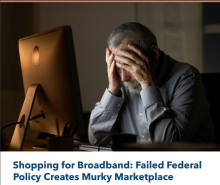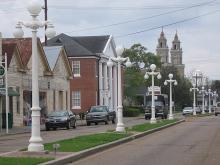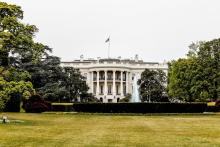Consumer Reports Survey Shows Overwhelming Popular Support for Overturning State Preemption
We've been writing for years that the artificial restrictions put on municipalities that keep communities from solving their connectivity needs with locally owned and operated networks are unpopular with the vast majority of Americans, irrespective of political affiliation. Today, 17 states persist in keeping these barriers in place.
A new survey out from Consumer Reports shows just how out of touch such policies are, and we've been remiss in not pointing it out. The survey, which comes from data collected in Chicago in August of 2021, highlights an array of important statistics.
They include the fact that "nearly a quarter of Americans (24 percent) who have a broadband service at their home say it’s difficult to afford their monthly broadband costs," with "a larger percentage of Black, non-Hispanic (32 percent) and Hispanic (33 percent) Americans than white, non Hispanic Americans (21 percent) say[ing] it’s ‘somewhat’ or ‘very’ difficult to afford their monthly Internet [access] costs."
The most recent survey also finds that "43 percent of Americans who have broadband service in their household say they are dissatisfied with the value they get for the money," a testament to the circumstances for tens of millions of households stuck in monopoly territory with no viable options.
What about municipal or community-owned broadband?
Three out of four Americans feel that municipal/community broadband should be allowed because it would ensure that broadband access is treated like other vital infrastructure such as highways, bridges, water systems, and electrical grids, allowing all Americans to have equal access to it.
A larger percentage of Democrats (85 percent) than Independents (74 percent) and Republicans (63 percent) say municipal/community broadband should be allowed.











